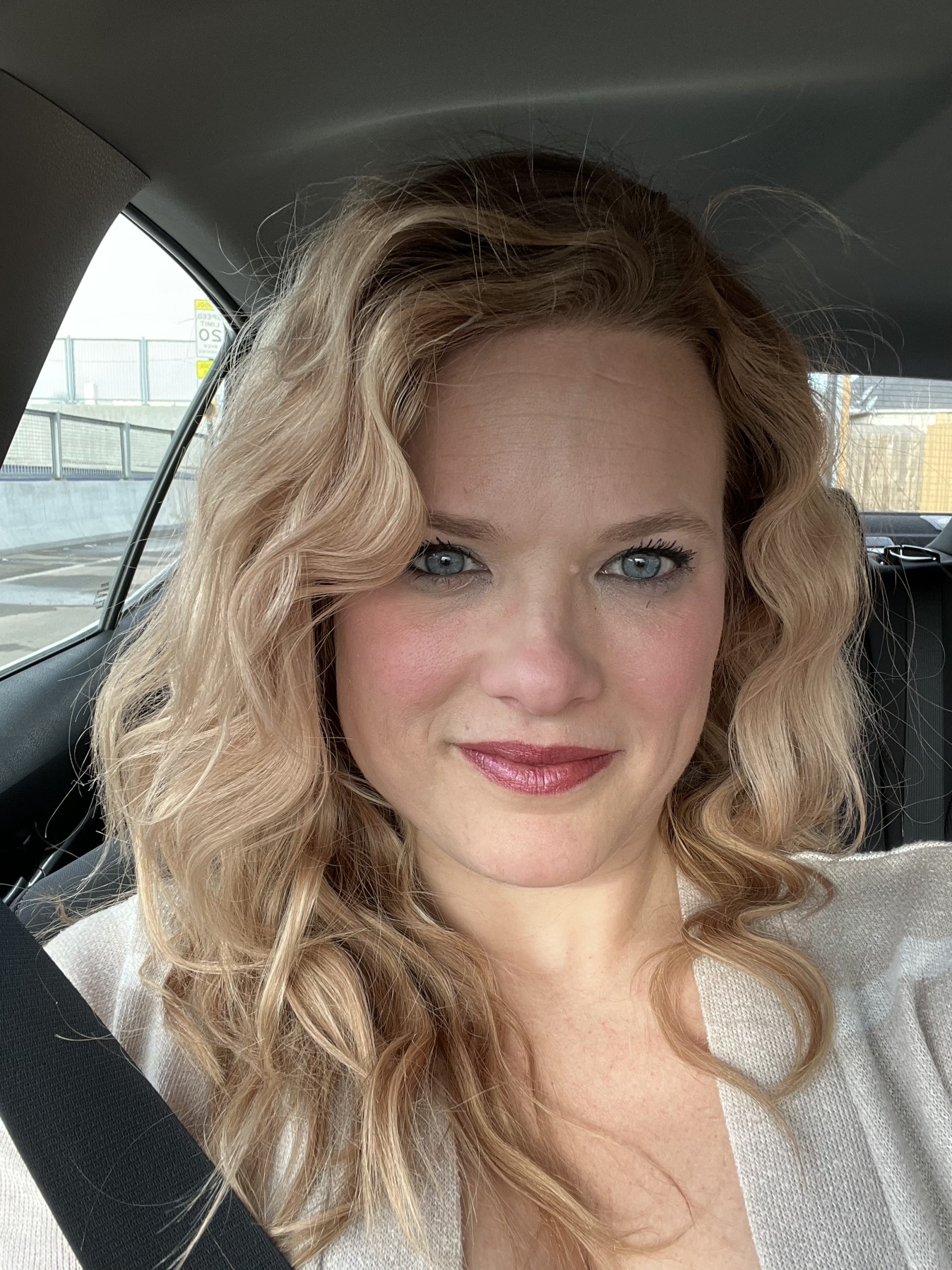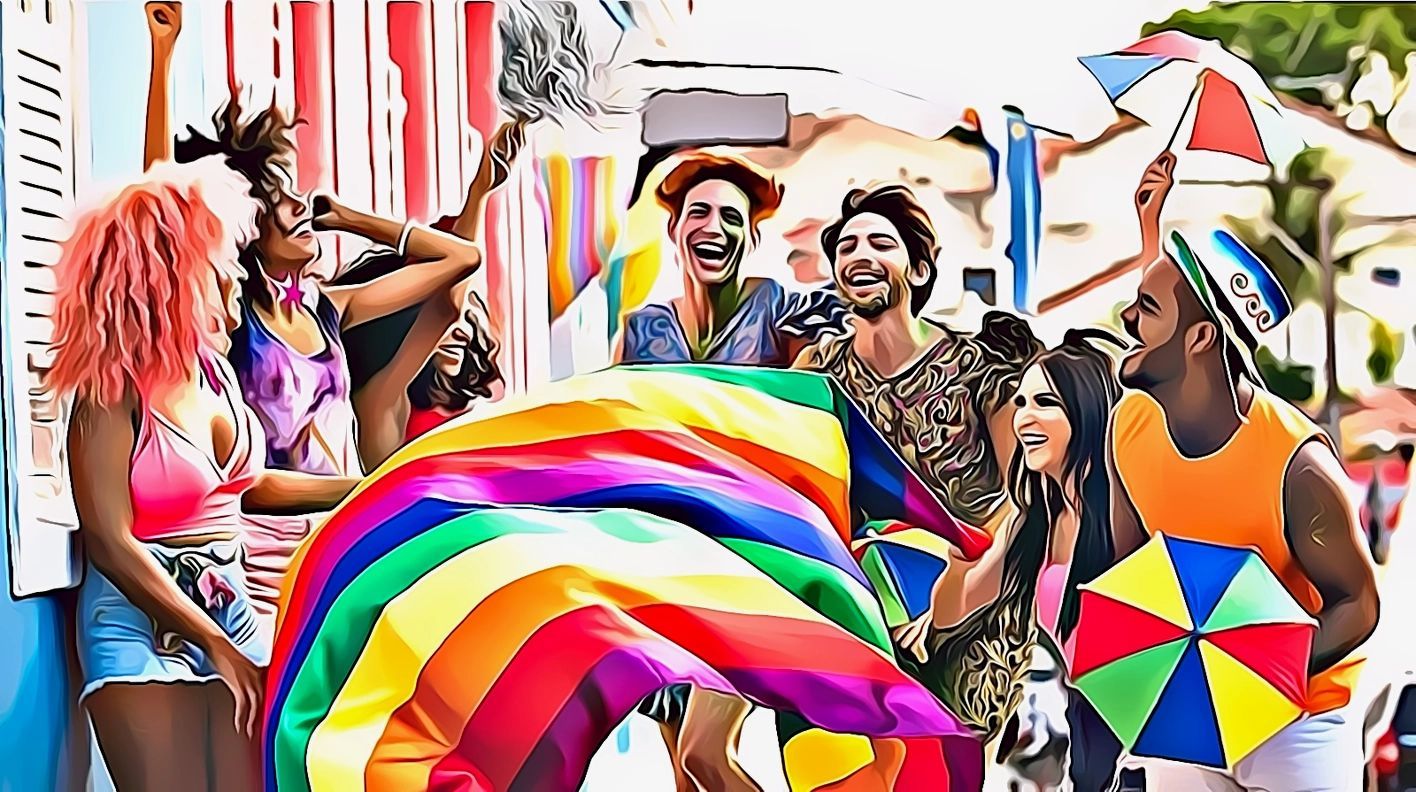In the vast and colorful spectrum of human sexuality, “polysexuals” is a term that’s becoming increasingly recognized. Polysexuality, often mistaken for bisexuality or pansexuality, is a unique identity of its own. This article aims to shed light on what polysexuality is, how individuals come to identify as polysexuals, and its evolution over time.
Understanding Polysexuals: Is it Right for You?
Polysexuals are special. They feel love for more than one gender. This doesn’t mean they like everyone, but they like more than one kind of person. Polysexuality is like bisexuality and pansexuality, but there are differences.
Polysexuals find out they feel this way through self-discovery. Some feel this when they are young. Some feel it when they are older. It’s a personal journey, like finding out if someone is gay or transgender.
How Do People Know They Are Polysexual?
It’s about looking inside and understanding feelings. Some questions people might ask are:- Do I like boys and girls?
- Do I also like people who don’t say they are boy or girl?
- How do my feelings differ from my friends’?
Reading and learning more can help. Websites like GLAAD give good information about polysexuality and other LGBTQ topics.
Is Being Poly Right for Me?
Only you can know. Your feelings are yours. Some signs might be:- You feel love for many genders.
- You know it’s not just a phase.
- You feel happy thinking of yourself as polysexual.
But it’s okay to take time. Understanding love is a journey. Everyone is different, and every journey is okay.
In the end, remember: Being polysexual is okay. Loving who you love is okay. Always be true to you.
Polysexuals in Society: A Growing Understanding
Polysexuals have a special kind of love. They love more than one gender, but not all. This is different from bisexual or pansexual people. In the past, many didn’t know about polysexuality. But now, more people understand and accept it.
How does society see polysexuals? Long ago, many didn’t talk about it. People didn’t know this word. But times change. Now, with the internet and LGBTQ education, more people learn about polysexuality.
The growth is clear. Movies, TV shows, and books now have polysexual characters. This helps others learn and accept. Still, some don’t understand or accept polysexuals. But with time and education, this can change.
FAQs
Is polysexuality the same as bisexuality?
No, bisexuality is attraction to two genders, while polysexuality is to multiple genders but not all.
Does polysexual mean you’re attracted to everyone?
No, that’s more aligned with pansexuality. Polysexuals have attractions that span multiple genders, but not necessarily all.
How is polysexuality different from pansexuality?
Pansexuality is an attraction to individuals regardless of their gender, while polysexuality involves attraction to more than one gender but not all.
Is polysexuality a new concept?
The term may seem new, but the feelings and experiences likely existed long before the word did.
Can someone be both polysexual and polyamorous?
Yes. Polysexuality is about attraction to multiple genders, while polyamory pertains to having multiple relationships.
Are polysexuals part of the LGBTQ+ community?
Absolutely. Polysexuals are an integral part of the LGBTQ+ spectrum.
Is it necessary to label one’s sexuality?
It’s a personal choice. Some find comfort in labels, while others prefer not to use them.
Where can I learn more about polysexuality?
LGBTQ+ advocacy groups and educational sites offer resources on various sexual identities.
Wrapping Up
Understanding the intricate tapestry of human sexuality can be enlightening. As we grow as a society, it’s crucial to continue learning, supporting, and celebrating the plethora of identities, including polysexuals. Embracing these differences not only paves the way for acceptance but also enriches our collective understanding of love and attraction.




Author
-


Jessica is a seasoned blog writer with over 15 years of experience living and exploring a diverse range of kinks. Her passion for writing is matched only by her enthusiasm for the lifestyle, which she brings to life through her engaging and insightful content. Jessica's deep understanding and personal involvement in the kink community have made her a respected voice in the field. Her blog offers a unique blend of personal anecdotes, thoughtful commentary, and practical advice, making it a go-to resource for those interested in learning more about the world of kink from someone who has not only observed but also actively participated in its many facets.













